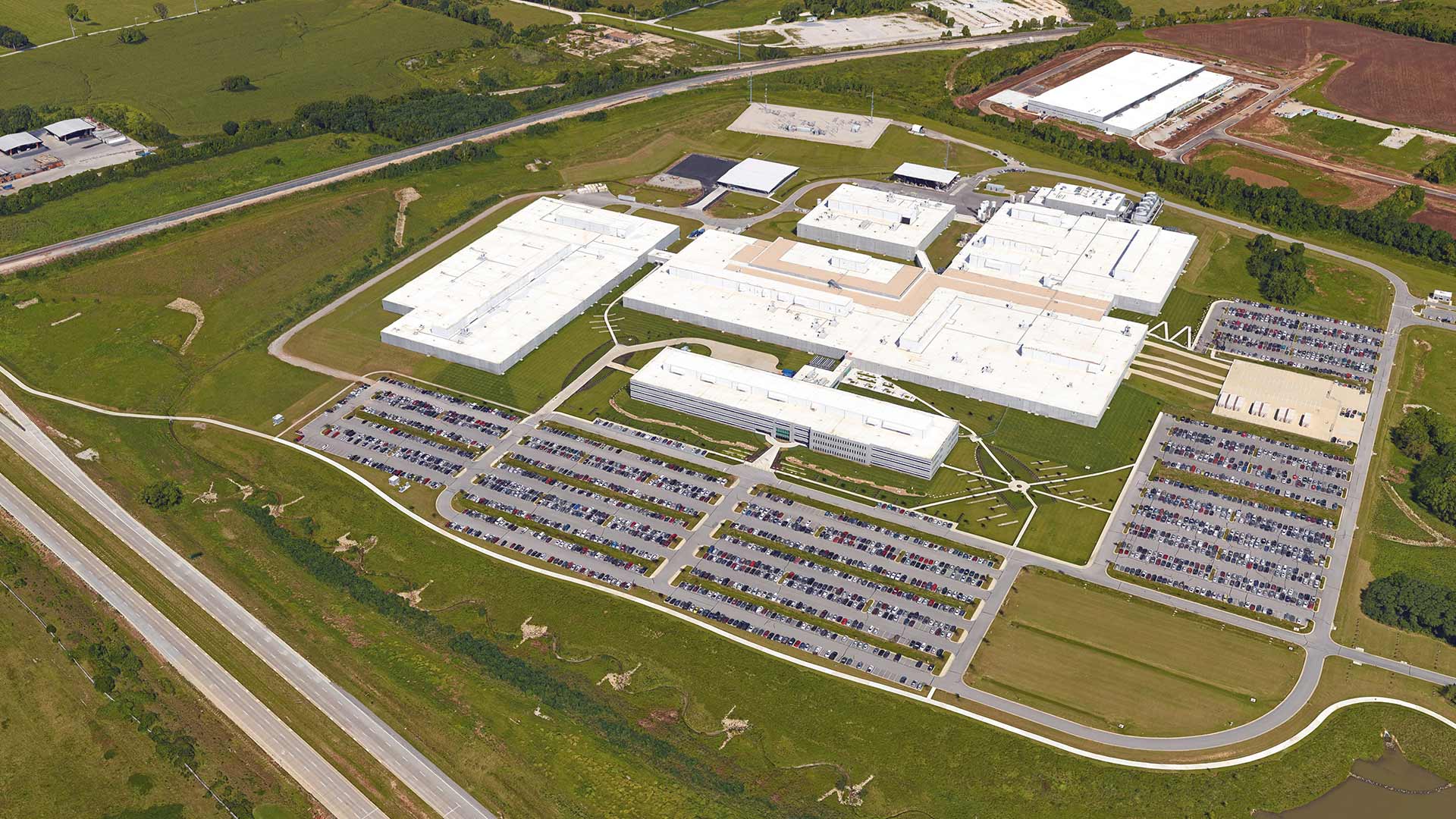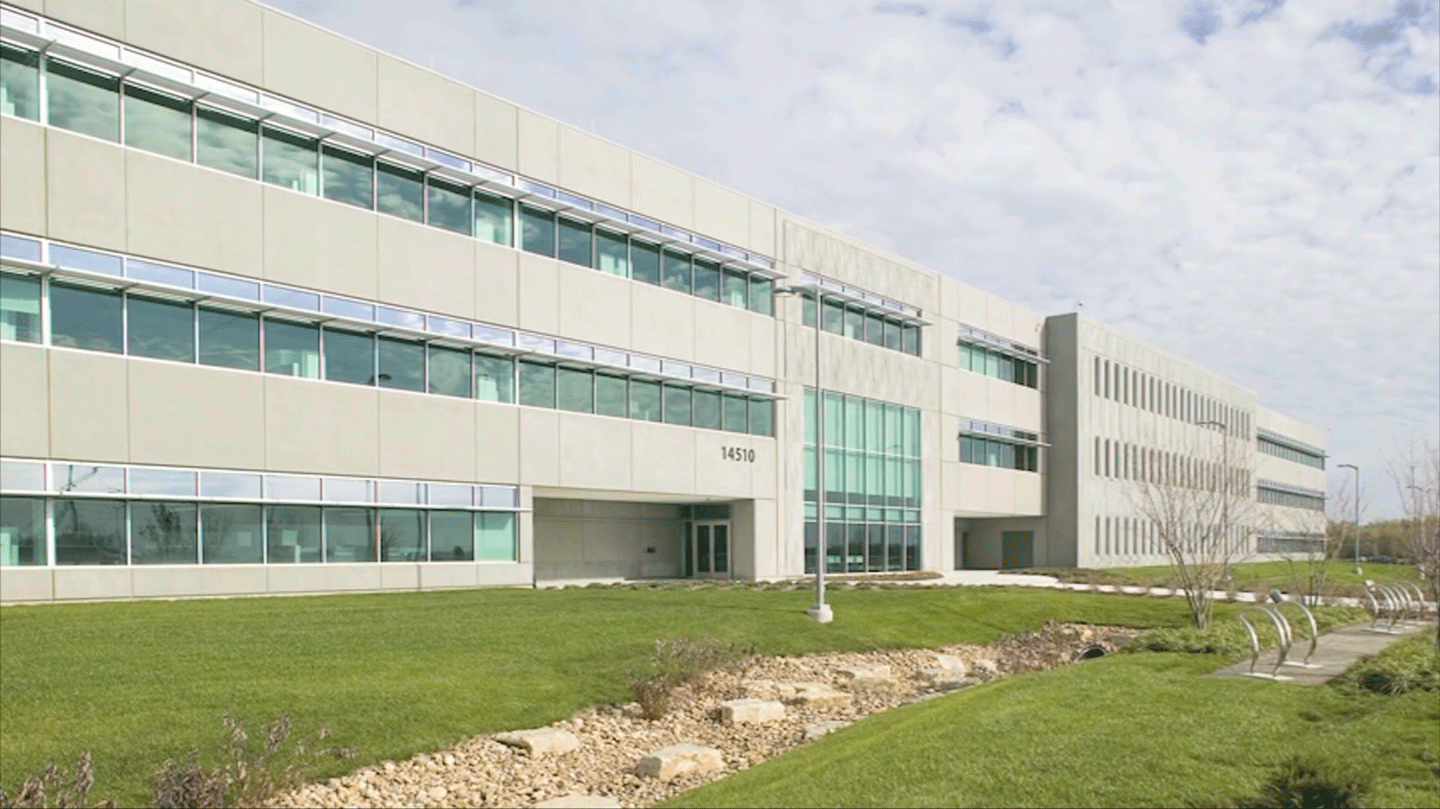Finding Creative Solutions to Meet Complex Government Property Needs
As early as 2010, the U.S. federal government has led the charge to improve its real estate management capabilities, eliminating excess properties and identifying new cost savings opportunities. A 2010 directive from the President pushed federal agencies to purge $8 Billion in real estate expenses by 2012.2 A 2011 Executive Order launched the “Campaign to Cut Waste,” an initiative to help agencies reduce all forms of wasteful spending; in 2013, the Office of Management and Budget unveiled its “Freeze the Footprint” policy to better maintain agencies’ square footage of office and warehouse space.3,4.
To comply with these new programs, many state and federal agencies are looking to dispose of or redevelop surplus real estate. Exemplifying this trend is the NNSA, an agency within the U.S. Department of Energy, which is responsible for the management and security of the nation’s nuclear weapons, global nuclear nonproliferation and naval reactor programs, as well as other national security-related projects.
In 2007, the GSA issued a solicitation for offers to develop a new facility for the NNSA in Kansas City, MO, in hopes of replacing the NNSA’s underutilized, inefficient space at the antiquated Bannister Federal Complex.
Over the past few years, the NNSA has pursued its own property realignment efforts through its “Complex 2030” initiative. The program, unveiled in 2007, is a strategic plan for modernizing the country’s nuclear weapons complex, across the Administration’s eight major US facilities.5 Through this program, the NNSA hopes to reduce the total square footage of the complex, consolidating its materials into safer, more efficient facilities.
Also in 2007, the U.S. General Services Administration announced a solicitation for offers to finance, develop and manage a new campus for the NNSA Kansas City Plant, which manufactures and procures nonnuclear components for nuclear weapons. Due to the highly sensitive nature of the NNSA’s operations and scope of its facilities, any plans to develop a new property would need to accommodate more than 1 million detailed requirements, such as:
- Heightened safety features to protect some of the nation’s premier security assets
- Flexible space to house the NNSA’s staff across industrial manufacturing and R&D operations
- A focus on sustainability through design, construction materials and energy use, in accordance with both federal and municipal principles
A New National Security Campus
In 2009, after a competitive bidding process, the GSA officially selected CenterPoint, in conjunction with Zimmer Real Estate Services in Kansas City, to design, build, own and operate the new NNSA National Security Campus.6 By 2010, construction was underway on the NNSA’s five building, 1.5 Million square-foot complex.
Introducing A Modern Model
Construction on the NNSA’s National Security Campus ended in late 2012, and by early 2013 the agency began relocating its staff of nearly 2,500 employees to the new complex. The $820 Million facility has since set new standards for government real estate efficiency and modernization on a number of fronts, such as:
- Space Savings: With this new development, the NNSA effectively reduced its Kansas City infrastructure footprint more than 50 percent, from 3.2 Million square feet to 1.5 Million. This move not only supports the federal government’s push for property consolidation, but also meets the goals outlined within the Kansas City Responsive Infrastructure Manufacturing & Sourcing initiative.7
- Environmental Benefits: The National Security Campus reduced the NNSA’s energy consumption by more than 50 percent, achieving LEED Gold certification in October 2013 due to the thoughtful incorporation of sustainable design throughout the facility’s interior and exterior. While maintaining limited site disturbance, CenterPoint was able to redevelop the previously blighted property with energy savings and tenant-friendliness in mind.White roofs were installed on the campus buildings to reflect solar heat and mitigate the urban heat island effect (a common issue in cities due to dark roofing from asphalt.) High efficiency plumbing fixtures will save the NNSA over 3.2 Million gallons of water annually. Other accommodations that contributed to the facility’s LEED status include a preferred parking for fuel-efficient vehicles, stream enhancements, an irrigation system designed to use 100% non-potable water and the use of locally produced, recycled construction materials.
- Exemplary Project Management: Perhaps most notably, CenterPoint delivered the finished NNSA National Security Campus a month earlier than originally projected. To efficiently track and verify the government’s large volume of project requirements – 900 for each of the complex’s more than 1500 rooms – CenterPoint’s internal technology group collaborated with the Development team on proprietary software that automated these tasks. The program, CenterPoint’s Room Data Sheet Tracking System (RDSTS) not only helped the government avoid surplus project expenses, but also became a reliable tool for keeping all involved parties accountable and on time.Due to expert project oversight by the CenterPoint team working alongside state and local authorities, the cost-effective development also created 1,500 local construction jobs and a number of contract opportunities for regional minority and women-owned businesses.
Over the course of a few years, CenterPoint helped the NNSA bring its plans for a state-of-the-art, environmentally responsible campus to fruition. The new consolidated facility will save the government an estimated $100 Million in annual operating expenses.
Resetting the Bar
The NNSA’s National Security Campus has become one of the first developments to align with the federal government’s real estate savings and modernization goals. Partnering with CenterPoint, the NNSA not only supported its mission to transform its infrastructure into a 21st century nuclear security enterprise, but also pioneered a new model of efficiency for real estate developments throughout the U.S. government.
CenterPoint’s on-time, under-budget delivery of this large scale, intricate project has recalibrated expectations for how these developments should be planned and executed. Due to the success of the National Security Campus assignment, CenterPoint was subsequently selected to lead demolition and cleanup efforts for the 5.1 Million square foot Bannister Federal Complex, which formerly housed the NNSA and other public sector agencies—ensuring that another piece of government property isn’t forgotten or underutilized.
The NNSA initiative embodied the power of public-private collaborations done well, and has consequently paved the way for similar partnerships – and comparable success – in the future.

